- Large genome wide association studies have identified many variants robustly associated with BP. However, they are mostly rare and are responsible for only a tiny percentage of BP variability.
- Observations from GWAS include shared risk variants for cardiovascular and kidney disease,
- GWAS data have the potential to interrogate drug responses to antihypertensive agents depending on genotype.
- Current and future work in BP genetics includes interrogating the role of epigenetic mechanisms in BP pathogenesis as well as employing whole genome sequencing to discover the missing hereditability of BP variation.
Latest Updates
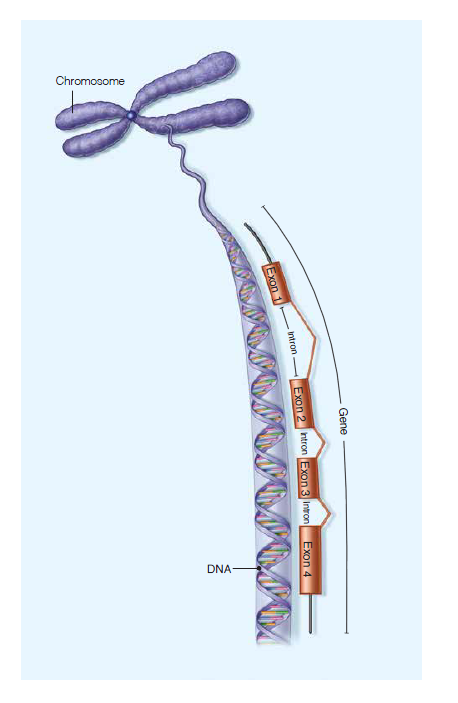
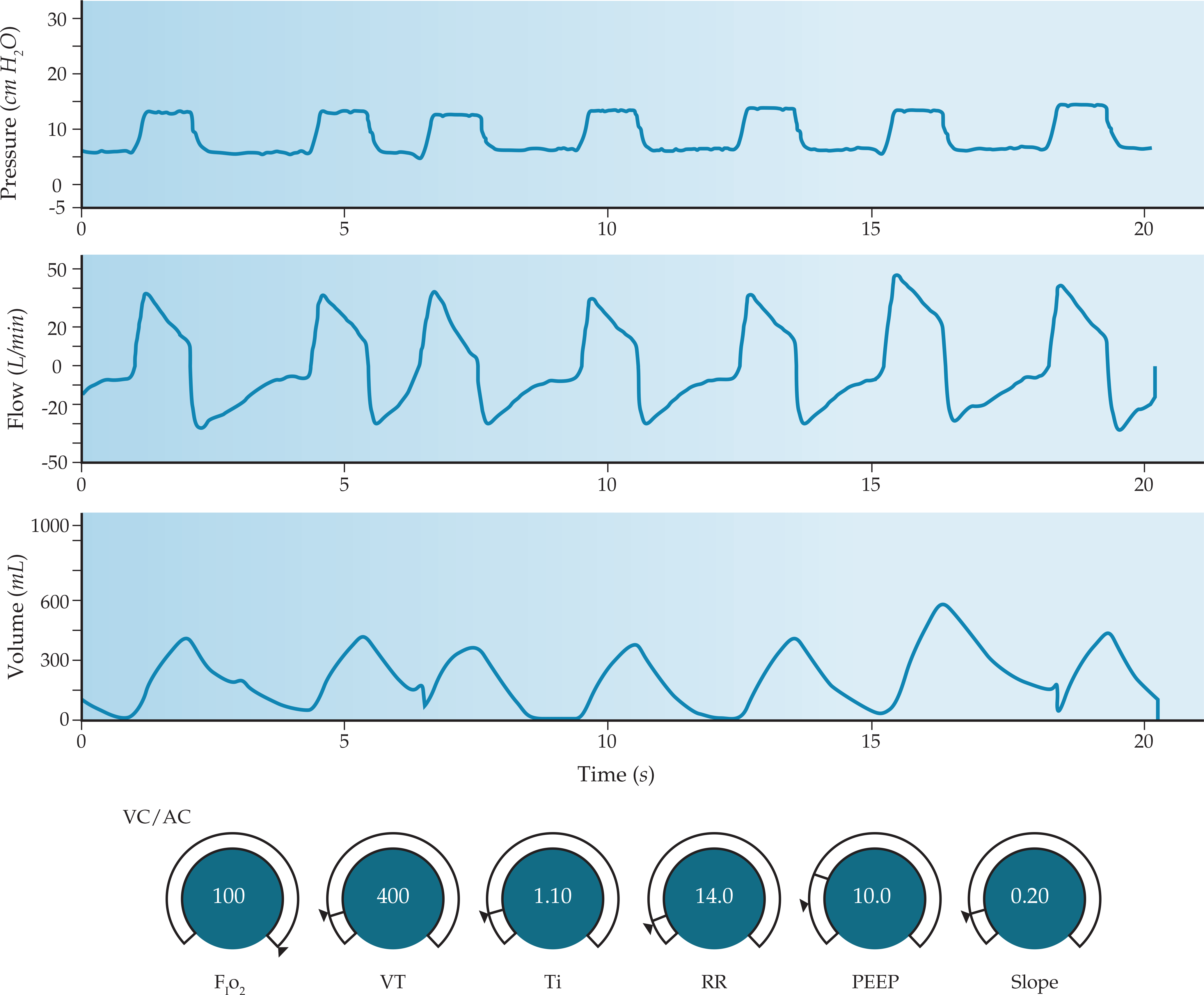
Acute Respiratory Failure And Mechanical Ventilation
- Basic principles of mechanical ventilation and fundamental, commonly used ventilator modes
- Initial ventilator settings appropriate for the majority of patients
- Appropriate analgesia and sedation and their management in the ED
- Common troubleshooting maneuvers for patients who are experiencing patient-ventilator dyssynchrony and difficulty with mechanical ventilation
- Concerns for mechanically ventilated patients boarded in the ED, including prevention of ventilator-associated pneumonia and delirium
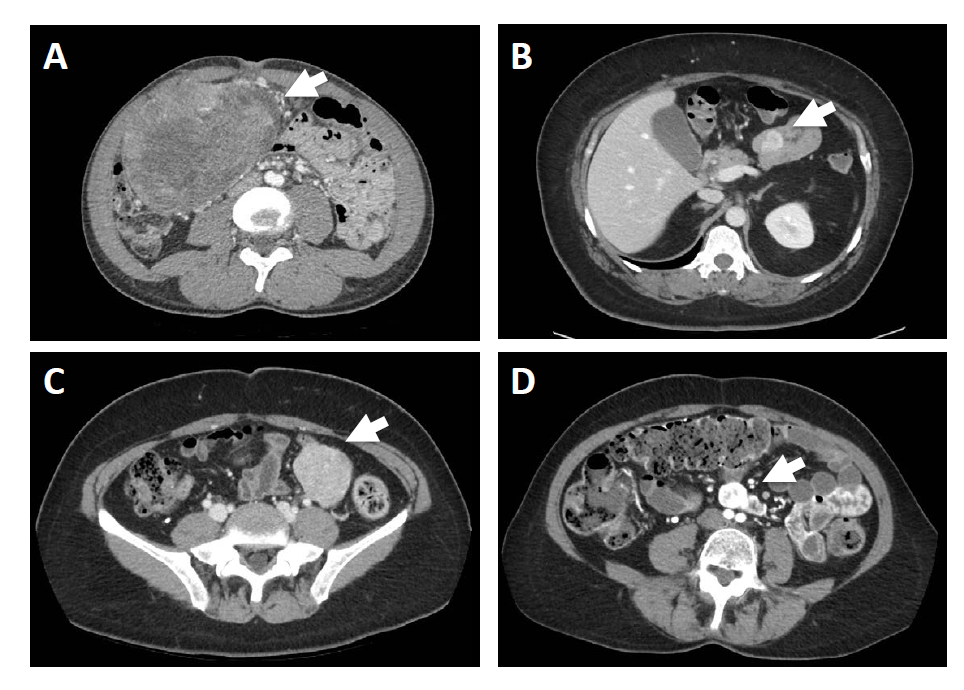
Gastrointestinal Stromal Tumors of the Small Intestine
- GIST is a genetically heterogeneous disease caused by mutations in KIT (70 to 80%), PDGFR, the RAS pathway (K-ras, H-ras, N-ras, BRAF, NF1), SDH A to Dsubunits, FGFR1, and ETV6-NTRK3, among others.
- Patients with KIT-positive GIST and a high risk of recurrence should be treated with adjuvant imatinib for at least 3 years.
- Cytoreductive surgery in selected patients with metastatic GIST has comparable outcomes to second-line systemic therapy.

Gastrointestinal Stromal Tumors of the Small Intestine
- GIST is a genetically heterogeneous disease caused by mutations in KIT (70 to 80%), PDGFR, the RAS pathway (K-ras, H-ras, N-ras, BRAF, NF1), SDH A to Dsubunits, FGFR1, and ETV6-NTRK3, among others.
- Patients with KIT-positive GIST and a high risk of recurrence should be treated with adjuvant imatinib for at least 3 years.
- Cytoreductive surgery in selected patients with metastatic GIST has comparable outcomes to second-line systemic therapy.
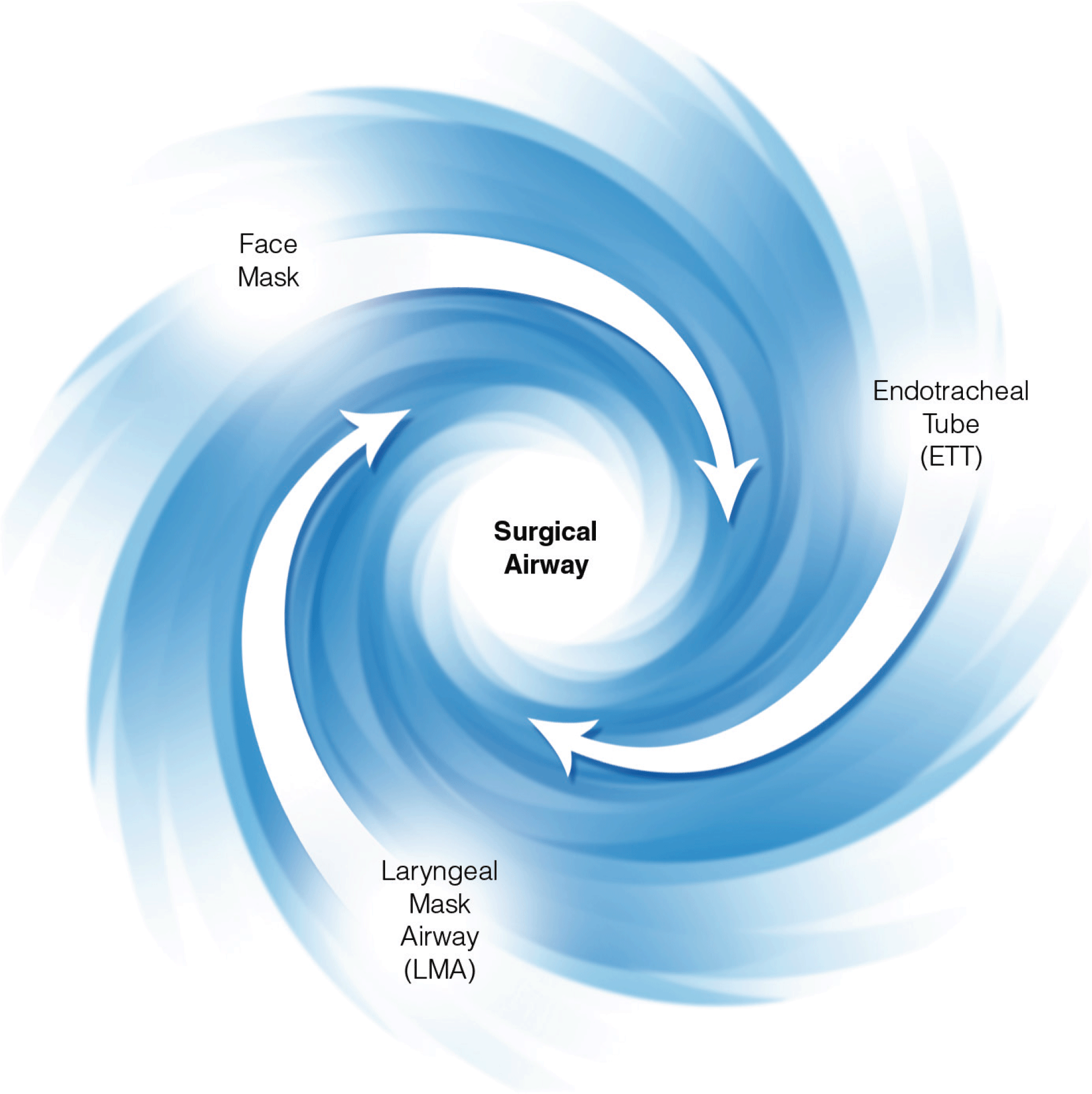
Airway Management In The Emergency Department
- With the advent of video laryngoscopy, the focus is on management of peri-intubation cardiopulmonary physiology.
- Preoxygenation and apneic oxygenation are emphasized to maximize the chances of first-pass success.
- Careful attention to hemodynamics is critical to avoiding peri-intubation hypotension and cardiac arrest.
- It is important to approach endotracheal intubation in a preplanned and stepwise manner than to follow a specific approach.
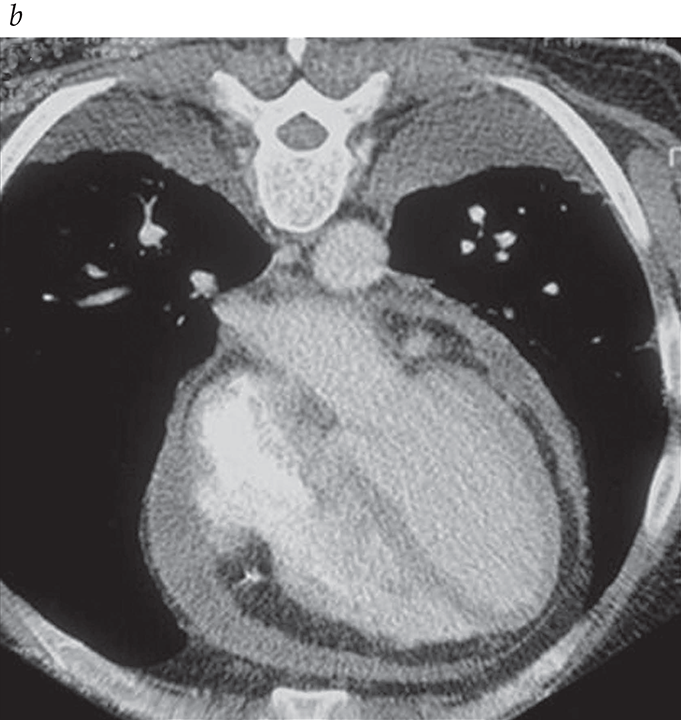
- ATS guidelines for exercise-induced bronchoconstriction, asthma in the elderly, and asthma in the workplace
- AAAAI/ACAAI practice parameter for loss of asthma control
- ERS/ATS guideline for severe asthma
- BTS/SIGN guideline for asthma management
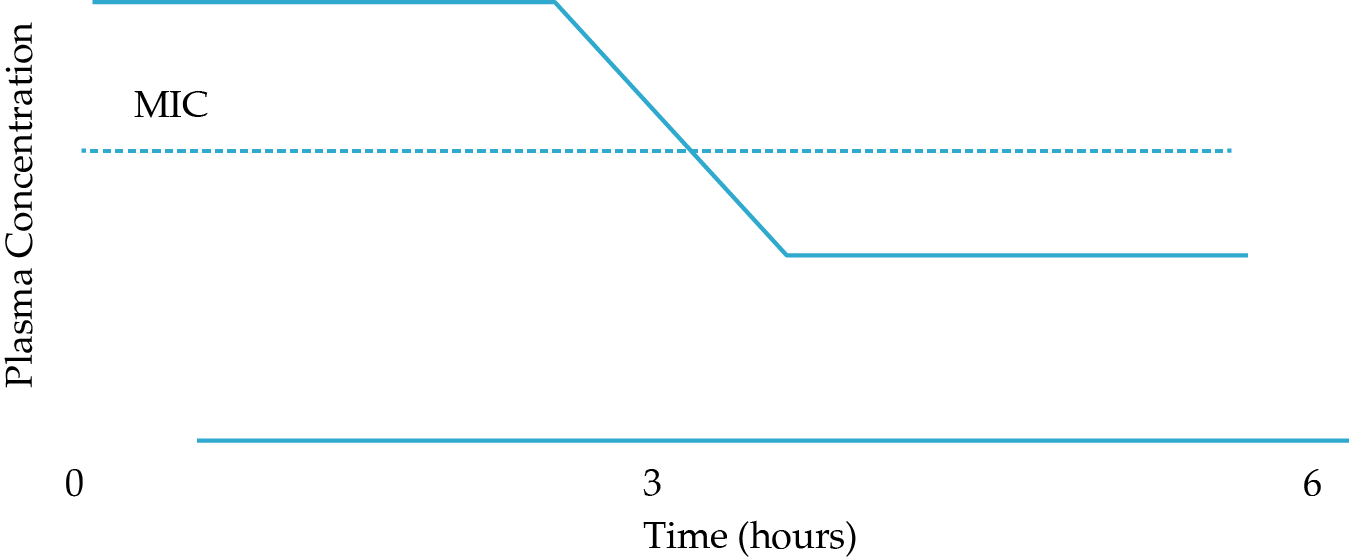
Critical Care of the Surgical Patient-Pharmacokinetics, Metabolism, and Dose Adjustment
- AUC0-24/ MIC >400 target to optimize dosing of vancomycin
- Pharmacokinetic alterations in ECMO due to sequestration of medication in circuitry
- Therapeutic hypothermia affects medications metabolized by the CYP3A and CYP2E substrates
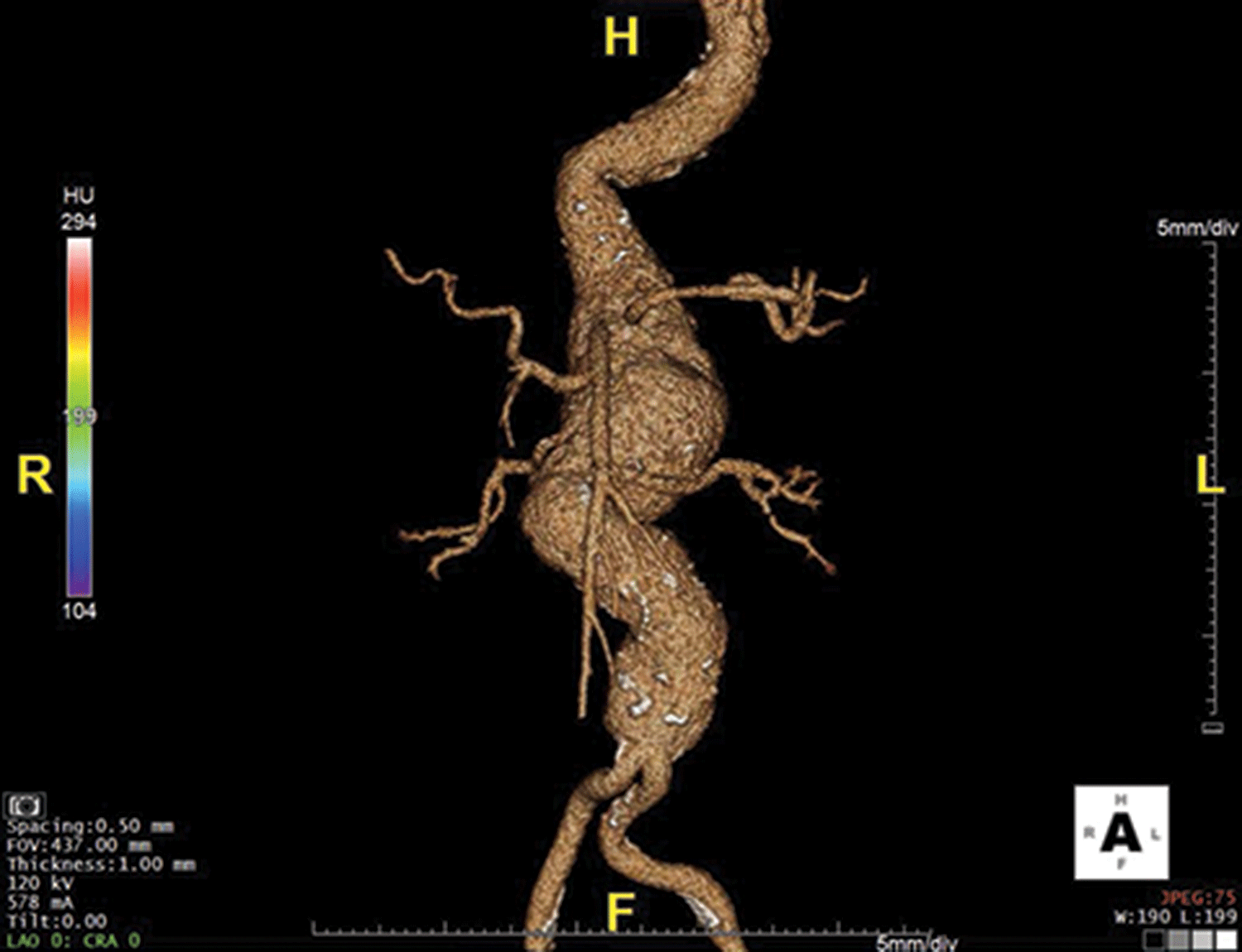


.png)







